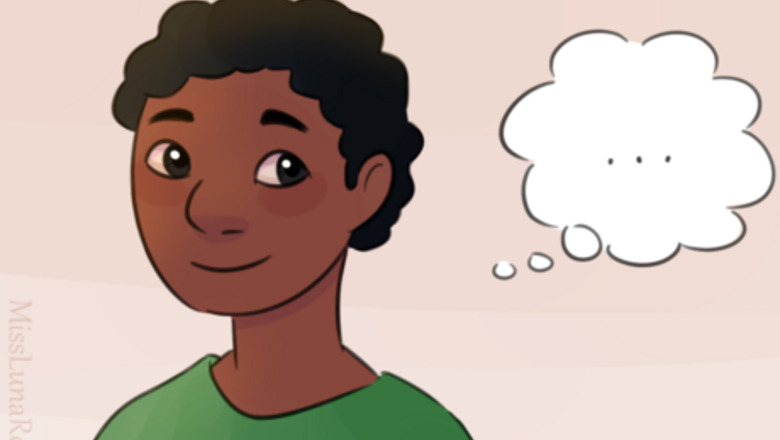
views
This article is aimed at autistic and other neurodivergent people, but it may also be helpful for neurotypicals who have bad fidgeting habits.
Understanding the Stim
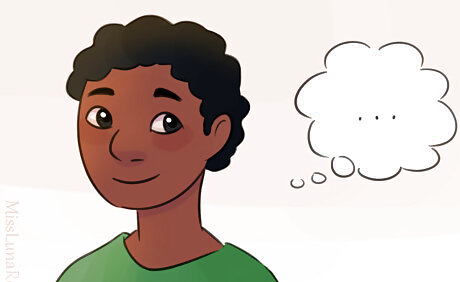
Consider whether the stim is actually harmful. Just because someone tells you a stim is wrong doesn't mean it's actually wrong. A harmful stim is one that makes you feel bad—it causes pain or damage to your body, it's unsafe/unsanitary, or you feel it causes you hardship (e.g. ripping so much paper that it's getting expensive to buy this much). A stim that makes people uncomfortable because it's different is not your fault. White canes and wheelchairs might make people uncomfortable too, but those disabled people aren't expected to abandon them. If your stim is not "socially appropriate," that's fine. Only abandon it if you (and you alone) aren't comfortable with it. If you are autistic and feel uncomfortable with stimming in public, the article How to Be Openly Autistic may help you. The only time your stim should change for others is if it involves touching them without their consent. This is your choice.Tip: If other people judge you for a stim, that doesn't make it harmful. It just means that people are judgmental. You can choose to avoid certain stims in public if you don't want to deal with other people's judgments or bad behavior. Just remember that it doesn't make the stims wrong. There's nothing wrong with you for stimming.
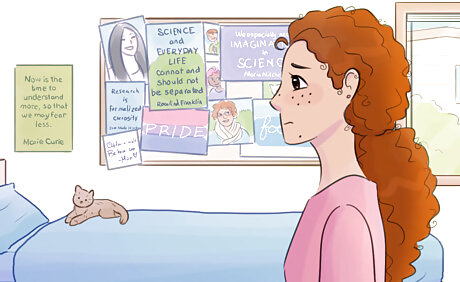
Start noticing what's going on before you start the stim. Keep a log if it helps, or just remember. What sort of situations trigger the stim? What needs might you be experiencing? Pay attention, so you can start searching for patterns. For example, maybe you start a harmful stim when you feel... Bored/underwhelmed Antsy Overwhelmed Frustrated or angry AshamedTip: Not all triggers are sensory. Not all stimming happens because you're either overwhelmed or underwhelmed. Sometimes, people stim to help deal with strong emotions. Labeling the feeling that triggers the unhealthy stim can help you come up with healthy ways to address that feeling.
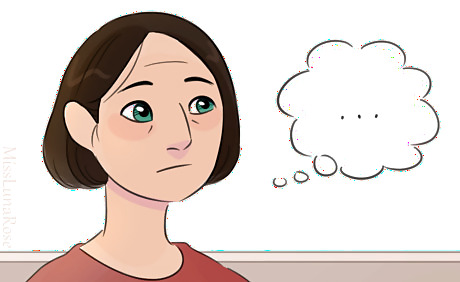
Recognize that stimming is a tool. This stim gives you something—an outlet for stress, a sense of relief, or something to keep your hands busy. If you understand what causes the stim, you will be much more effective at quitting.
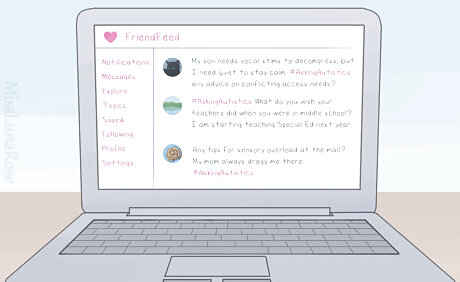
Consider getting outside outside help. Chances are, you aren't the only person who has this specific problem. You can find information online about breaking bad habits. People around you may also be able to help if you feel comfortable reaching out to them. Get neurodivergent input. The autistic community can provide insights, especially the #AskAnAutistic hashtag, and autistic writers willing to share their alternative stims. If you're comfortable asking your loved ones, they may have insights about your behavior patterns you didn't notice. You can say, "I'm trying to stop this bad habit. Have you noticed any A therapist or habit reversal specialist may be able to talk it through with you. Get medical info. Research to see if the stim has turned into a disorder, such as dermatillomania (skin picking) or trichotillomania (hair pulling). These can be difficult to handle.
Replacing the Stim
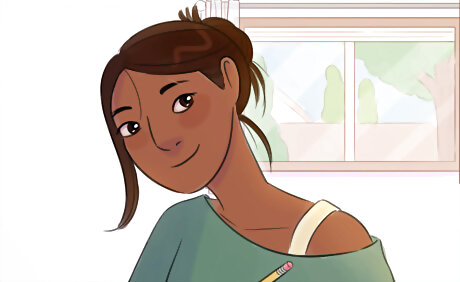
Make a list of stims that could fulfill the same need. Consider your own repertoire of stims, and look for lists of stims on the internet. Once you have a list, try out your new stims and see which ones feel helpful to you. Keep the list somewhere accessible as you begin learning to redirect the harmful stim.

Address the need that makes you stim harmfully. If you can fill the need with a stim that doesn't cause harm, you will have no need to use the bad stim anymore. If you put objects in your mouth for oral stimulation, replace it with gum or candy. If you rip paper or scratch your skin to keep your fingers busy, play with your hair or a favorite stim toy instead. If you hit yourself, try massaging yourself, using weighted blankets/toys, or finding another way to get deep pressure.
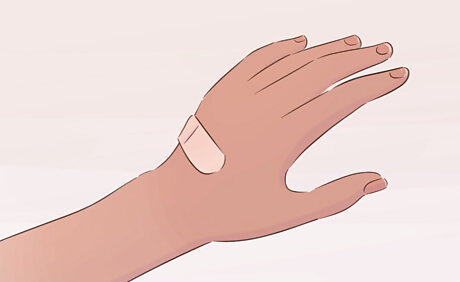
Use harm reduction for seriously damaging stims. For example, transitioning from headbanging to bouncing on an exercise ball may be too difficult. Banging your head into a couch cushion or placing a squishy stress ball in your hand first might be more realistic. Less harmful stims might be a "stepping stone" to completely harmless stims. If you relapse, you'll have a less harmful stim to use, rather than the most dramatic one.
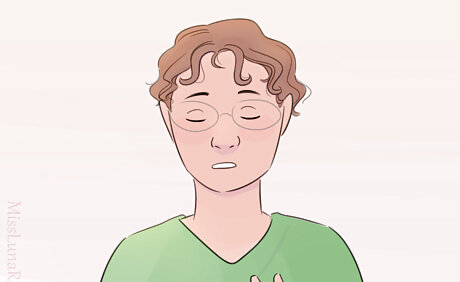
Pay attention to when you use the harmful stim. Noticing it is crucial to stopping it. Try to be more conscious of your behavior. Ask a friend or family member to tell you when they see you doing it. Use a physical reminder. Wear a hat if you pick at your forehead, and put on icky-tasting clear nail polish if you bite your nails.
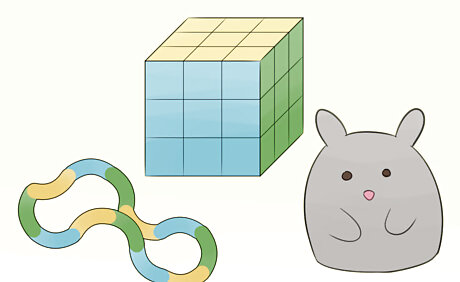
Switch to a new stim as soon as you notice yourself doing a harmful one. Congratulate yourself each time you notice what you're doing and redirect the energy into a harmless stim. In time, these conscious decisions will turn into a habit, and you will no longer need to think about it.
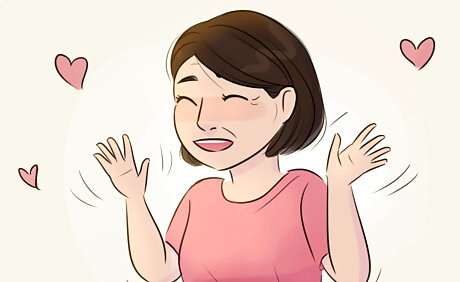
Use helpful self-talk. Instead of focusing on what you want to avoid, tell yourself what you want to do instead. This helps you imagine yourself doing a good thing instead of a bad thing. For example, instead of thinking "don't hit yourself" over and over, think "rub your legs" and concentrate on doing the non-harmful thing.
Maintaining a Positive Lifestyle
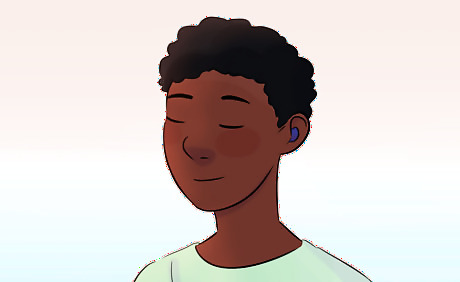
Work on taking care of your sensory and activity needs. Meeting these needs will help moderate the need to stim and reduce the need for destructive stimming. If you get overwhelmed often, work on strategies like earplugs, hoodies, and plenty of quiet time to help keep things low-key. If you tend to get antsy, you need more exercise and engaging activities. Make time to get around and move. You can also keep stim toys at your desk and use an exercise ball as a desk chair so you can bounce and move.

Take steps to reduce stress in your life. Sometimes, harmful stimming is a sign that you're facing too much stress. Accept yourself for who you are. Set aside "me time" each day to enjoy your special interests, take a warm bath, read a book, or do whatever makes you happy. Use deep pressure (weighted blankets, brushes) to feel calm. Drop any friends, activities, or therapists that make you feel worse instead of better.
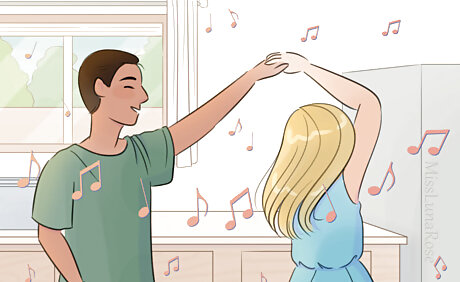
Identify a few people who make you feel heard and loved. Make sure to spend time with them on a regular basis. They are crucial to your sense of stability, and they're worth keeping. If you don't have anyone like this, reach out. Join a club, find a caring mentor, do whatever you can do. Everyone deserves a good support network.

Get medical help for any mental or physical health issues. Plenty of stims are caused by mundane things—boredom, stress, et cetera—but some are the result of illnesses like panic disorder or depression. If you find yourself often stressed or feeling out of control, outside help is likely the best way to address it. Sometimes, people stim as a way to deal with physical discomfort. For example, if your head hurts and the only thing that helps is hitting it, you might have a problem with your head or mouth, so it could be worth having a doctor or dentist take a look.

Be patient with yourself. Redirecting stims requires lots of energy and focus. You're going to have setbacks and progress may be slow. Forgive yourself and keep moving.




















Comments
0 comment